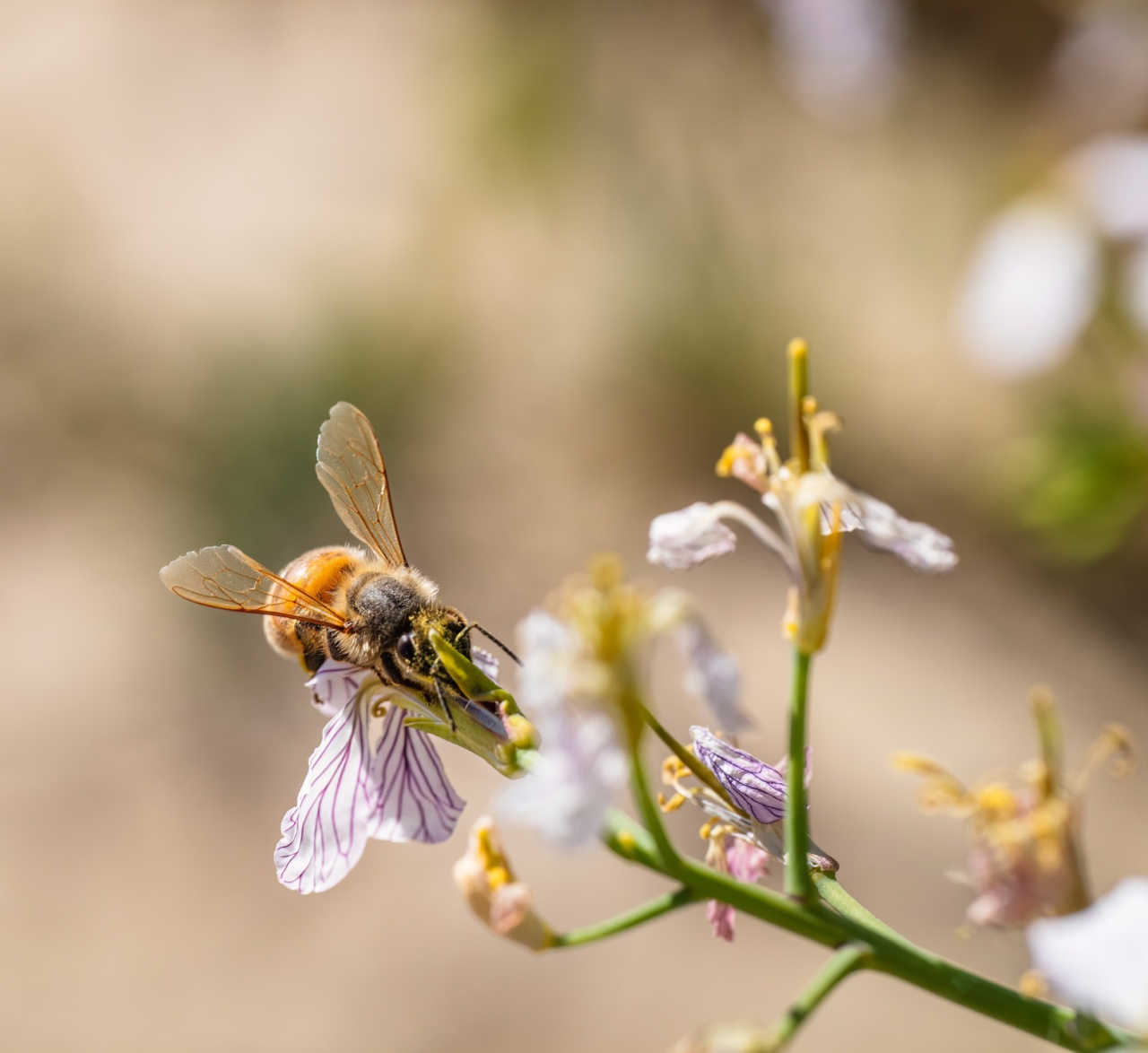Cancer is one of the leading causes of death worldwide, with millions of people being diagnosed with this devastating disease each year.
Despite significant advancements in medical research and treatment options, finding effective and accessible therapies continues to be a major challenge.
The role of honey in cancer treatment
Honey, a natural sweetener produced by bees using flower nectar, has been used for centuries for its various health benefits.
Apart from being a delicious and versatile ingredient in the kitchen, honey has recently gained attention for its potential therapeutic properties in cancer treatment.
Anticancer properties of honey
Several studies have suggested that honey exhibits anticancer properties, making it an intriguing subject for further investigation. Here are some of the key ways in which honey may exert its therapeutic potential in cancer:.
1. Antioxidant activity
Honey is known to possess potent antioxidant properties, which help to neutralize harmful free radicals in the body. Free radicals are highly reactive molecules that can damage cells and DNA, leading to the development and progression of cancer.
By reducing oxidative stress, honey may help prevent or slow down the growth of cancer cells.
2. Anti-inflammatory effects
Chronic inflammation can contribute to the development and progression of cancer. Honey has been found to exhibit anti-inflammatory properties, potentially reducing the risk of cancer formation.
Furthermore, the anti-inflammatory effects of honey may help alleviate treatment-related side effects in cancer patients.
3. Cytotoxic activity
Some studies have shown that certain types of honey possess cytotoxic activity against cancer cells. These honeys contain specific compounds that induce cell death in cancer cells while sparing healthy cells.
This selectivity makes honey an attractive candidate for targeted cancer therapies.
4. Immunomodulatory properties
Honey has been found to have immunomodulatory effects, meaning it can help regulate and strengthen the immune system. A well-functioning immune system plays a crucial role in identifying and destroying cancer cells.
By enhancing immune function, honey may aid in the body’s natural defense mechanisms against cancer.
5. Wound healing and radiation therapy
Patients undergoing cancer treatment often experience side effects such as radiation-induced skin damage and slow wound healing.
Honey’s wound healing properties have been well-documented, and it may offer potential benefits in managing these side effects, improving patient comfort and treatment outcomes.
6. Prevention of cancer metastasis
Cancer metastasis, the spread of cancer cells to distant organs, is a major challenge in cancer treatment.
Some studies have shown that specific types of honey can inhibit certain processes involved in metastasis, potentially reducing the risk of cancer spreading and improving patient prognosis.
7. Enhanced chemotherapy effectiveness
Combining honey with chemotherapy drugs has shown promise in enhancing treatment effectiveness in some preclinical studies.
This synergistic effect may allow for reduced chemotherapy doses, reducing the side effects experienced by patients while maintaining or even improving treatment outcomes.
8. Protective effects on healthy cells
Unlike many conventional cancer treatments that can cause significant damage to healthy cells, honey has been reported to have protective effects on these cells while enhancing the efficacy of cancer therapies.
This dual action suggests that honey could potentially minimize treatment-related complications.
9. Quality of life improvement
Cancer and its treatments often impact a patient’s overall quality of life, causing physical, emotional, and psychological distress.
The consumption of honey has been associated with improved well-being and a reduction in some side effects, potentially contributing to a better quality of life for cancer patients.
10. Potential as an adjunct therapy
While honey alone may not be a cure for cancer, its multifaceted therapeutic properties make it a promising adjunct therapy.
Combined with existing treatments, honey could potentially improve treatment outcomes, enhance patient comfort, and reduce treatment-related complications.
Conclusion
The therapeutic potential of honey in cancer treatment is an exciting area of research. While further studies are needed to fully understand its mechanisms of action and determine optimal dosages and treatment regimens, early findings are promising.
Harnessing the natural properties of honey may provide novel strategies for combating cancer and improving the lives of cancer patients.































